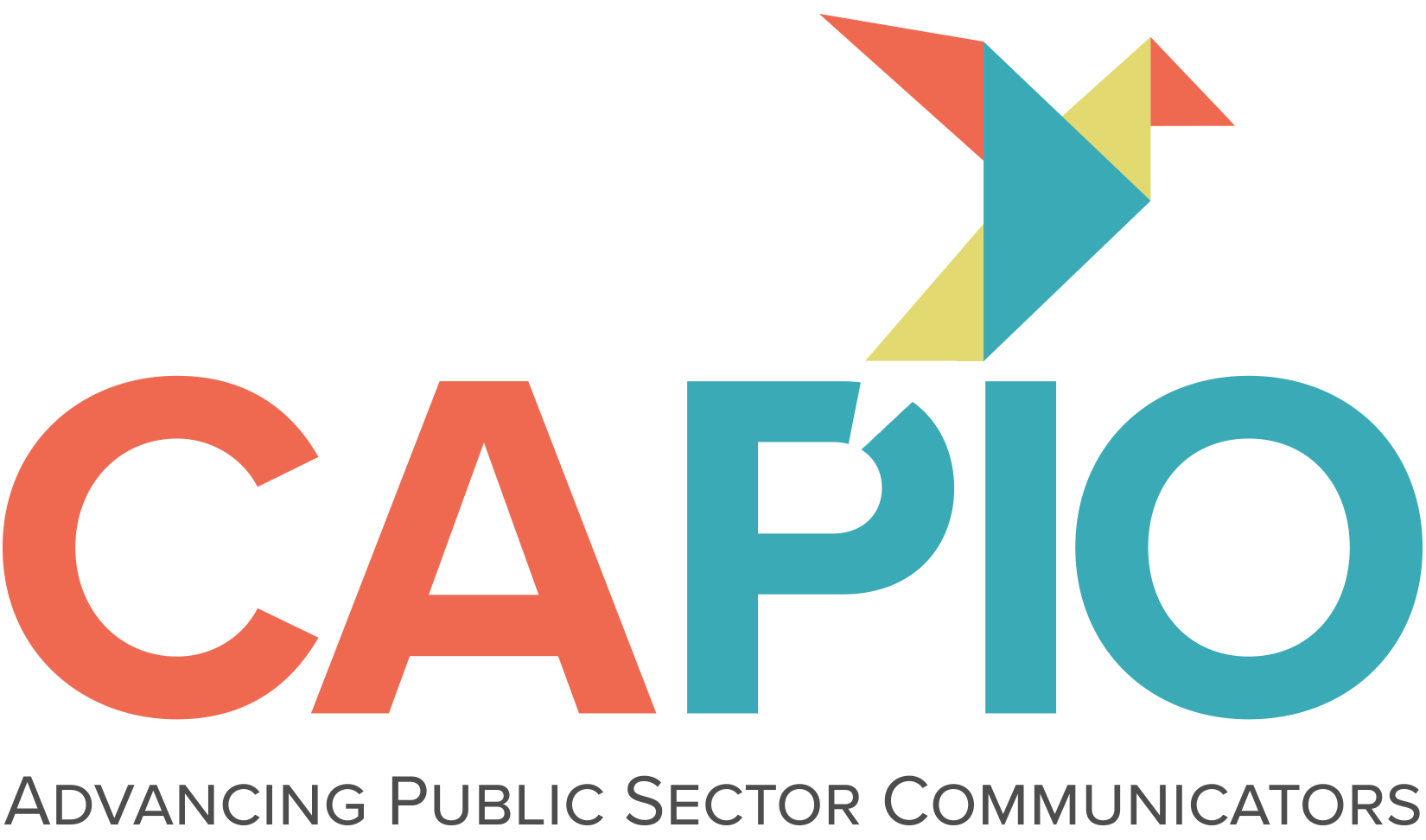Reporters and PIOs are Partners for Better Informed Communities
Be available and return your calls. Understand the daily rhythms of news agendas. Become a partner with news media.
These are a few of the key takeaways from CAPIO’s South Bay media panel held on March 12 in Campbell. More than fifty local PIOs attended the sold-out event that featured a lively discussion with five seasoned reporters and editors who shared their advice and peeves to help us share vital information with our communities.
Ann Rubin, reporter with KTVU-2 in Oakland, opened by stressing the importance of PIOs and other agency representatives being accessible to reporters, especially if you’ve sent a news release.
“I shouldn’t have to make a dozen phone calls to follow up on your news—it’s not only frustrating and time consuming, but it also opens the door to someone else telling your story. That vacuum you’ve created will be filled by another point of view if your agency is not responsive.”
Brian Dinsmore, assignment editor for KPIX in San Francisco, welcomed PIOs to communicate with him directly to pitch stories and follow up—but be mindful of the windows of time he has available.
“Our daily meeting to sort out stories and assignments starts at 9:30. Go ahead and text me between 7:30 and 9:00 to update information about your event or issue, and that can improve your chances of getting our attention.”
Other panel members concurred, but each outlet has a different schedule, with daily news budget meetings happening at various times. Become familiar with them, said Dinsmore, but also don’t overdo it—“five calls aren’t better than one well-timed call.”
“And we’re always updating our stories throughout the day,” said Robert Salonga, criminal justice reporter for the Mercury News in San Jose. “We emphasize accuracy over speed, so check our website and pay attention to the ‘developing story,’ especially if you have any additional information or corrections to make. We’re writing and posting in real time, and we want to make sure the facts are right.”
Jennifer Hodges, reporter for KCBS Radio, talked about the
opportunity for PIOs to use good audio for radio news. “Your
mobile phone has a great tool: the voice memo feature that offers
better sound quality than regular phones. 
“I’ll take your recorded responses to my questions if you send a voice memo attachment to a text message. This saves me time, helps you get your story out, and helps me cover the territory more efficiently.”
Dinsmore seconded that idea with video.
“Give us up to 30 seconds of clear video of your event or incident, but make sure you hold your phone camera steady, and please keep it in ‘landscape’ orientation. Natural sound is great, but, please, no voiceovers.
“And since we have gone from ten news trucks to only two, your video can help us cover the news, especially on weekends when we’re really short staffed.”
Kris Sanchez, reporter with Telemundo and NBC/KNTV in San Jose, also pointed out that having Spanish speakers available to talk about your stories is very helpful, “but if you don’t, we’ll take it in English and translate ourselves. We want your information.”
All panel members agreed that PIOs and reporters can be better partners since both are engaged with the same purpose: keeping our communities better informed with accurate and useful news and information.
“We’re not the ‘enemy,’” Rubin said. “We’re both serving our communities, and we need each other to do our jobs well.”
CAPIO Northern California Media Panel
Held on March 12, 2025
Santa Clara County Fire Department Headquarters, Campbell
Panel members:
- Brian Dinsmore, Assignment Editor, KPIX/CBS
- Jennifer Hodges, Reporter, KCBS Radio
- Kris Sanchez, Reporter, Telemundo/KNTV
- Ann Rubin, Reporter, KTVU/FOX News
- Robert Salonga, Reporter, Mercury News
Moderators:
- Erica Ray, PIO, Santa Clara County Fire Department
- Amanda Rodriguez, Public Information Manager, City of San Jose

